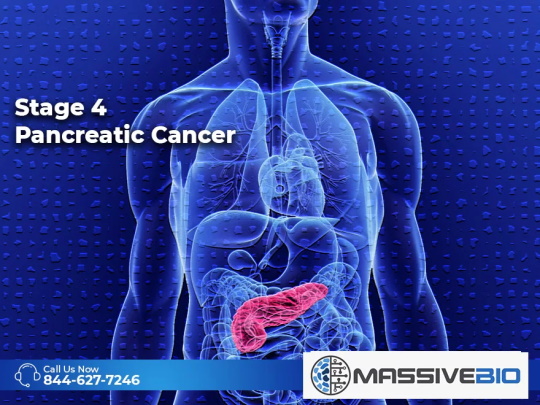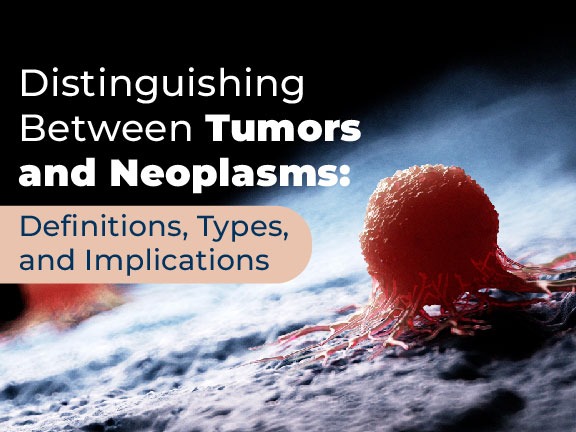Stage 4 mantle cell lymphoma is characterized by widespread involvement of lymph nodes, often extending to extranodal sites such as bone marrow and liver. At this stage, patients typically exhibit a range of symptoms including significant lymphadenopathy, fatigue, and sometimes systemic symptoms like fever and weight loss.
Stage 4 mantle cell lymphoma management requires a multidisciplinary approach, often involving a combination of chemotherapy, targeted therapies, and sometimes stem cell transplantation. Recent advancements in the understanding of the disease’s molecular biology have led to the development of novel therapeutic agents, which offer hope for improved outcomes. Despite the aggressive nature of this stage, individual prognosis can vary greatly, influenced by factors such as the patient’s overall health, age, and response to treatment.
The complexity of stage 4 mantle cell lymphoma lies in its aggressive nature and the challenge it presents in treatment, as it tends to be less responsive to conventional chemotherapy.
Introduction
Stage 4 mantle cell lymphoma, also called MCL, is one of the most aggressive forms of non-Hodgkin’s lymphoma. This type of cancer develops slowly over many years and often does not cause symptoms until it has reached an advanced stage. In fact, most patients are diagnosed when their disease has already spread to other parts of their body. Stage 4 MCL is typically treated with a combination of chemotherapy drugs and radiation therapy; however, the prognosis for this type of cancer is poor and treatment options are limited.
In the context of mantle cell lymphoma, the mantle zone of the lymph node is crucial, as this is where the malignant B-cells typically originate. These cells then proliferate abnormally, leading to the disease’s progression. Unlike other aggressive lymphomas, mantle cell lymphoma often exhibits a more indolent course initially, but can transform into a more aggressive form, especially in advanced stages like stage 4. This transformation necessitates a more intensive chemotherapy regimen, which may include newer agents such as BTK inhibitors or immunomodulatory drugs. These therapies aim to target the cancer cells more effectively while preserving the patient’s quality of life, acknowledging the fact that complete remission is challenging in these advanced cases.
Why is my doctor saying I have Stage 4 mantle cell lymphoma?
You have stage 4 mantle cell lymphoma if the cancer has spread to other parts of your body. In this stage, the disease is no longer confined to the lymph nodes but may have spread to other organs such as the liver, lungs or brain.
Understanding lymphatic system involvement is key in mantle cell lymphoma, particularly in its advanced stages. When the cancer spreads within this system, it leads to symptoms like swollen lymph nodes, which are often one of the first noticeable signs of the disease. Patients with Stage 4 mantle cell lymphoma may also experience systemic symptoms such as night sweats. Additionally, a significant increase in lactate dehydrogenase (LDH) levels is often observed in blood tests, indicating the aggressive nature of the cancer.
The involvement of the mantle zone in the lymph nodes, where these cancerous B-cells originate and proliferate, is a characteristic feature of this lymphoma. This advanced stage of the disease, where it has spread beyond the lymph nodes to other organs, underscores the urgency and complexity of the treatment required.
What are the survival rates for patients with Stage 4 mantle cell lymphoma?
As with many forms of cancer, the prognosis for patients with MCL depends on the stage and type of disease. Overall survival rates for Stage 4 mantle cell lymphoma are not given in any publications or studies that I could find. However, it has been shown that MCL has better survival rates than other types of lymphoma (such as diffuse large B-cell lymphomas). For example, in one study published by The New England Journal of Medicine in 2016, median overall survival was 22 months among patients with localized follicular lymphoma who were treated with rituximab plus chemotherapy; this compares favorably to 16 months among those who received no therapy at all (placebo).
What are the treatment options for Stage 4 mantle cell lymphoma?
Treatment options for Stage 4 mantle cell lymphoma include:
Chemotherapy. The goal of chemotherapy is to destroy cancer cells and stop them from growing. It may be given before surgery or after surgery if the tumor can’t be removed completely.
Immunotherapy (biologic therapy). These drugs help your body’s immune system fight the disease by boosting its ability to find and destroy lymphoma cells. They’re often used with other types of treatment, such as radiation therapy or chemotherapy; some are also used alone in people who have a high risk of getting MCL but haven’t yet been diagnosed with it yet
What are the survival rates for patients with Stage 4 mantle cell lymphoma?
As with many forms of cancer, the prognosis for patients with MCL depends on the stage and type of disease. Overall survival rates for Stage 4 mantle cell lymphoma are not given in any publications or studies that I could find.
However, it has been shown that MCL has better survival rates than other types of lymphoma (such as diffuse large B-cell lymphomas). For example, in one study published by The New England Journal of Medicine in 2016, median overall survival was 22 months among patients with localized follicular lymphoma who were treated with rituximab plus chemotherapy; this compares favorably to 16 months among those who received no therapy at all (placebo).
The stage 4 lymphoma designation, particularly in the context of mantle cell non-Hodgkin’s lymphoma, presents a complex and serious prognosis. When discussing mantle cell lymphoma prognosis, it is important to note that survival rates can vary greatly based on several factors including the patient’s overall health, response to treatment, and specific characteristics of the cancer.
It’s known that symptoms indicative of advanced mantle cell lymphoma, such as systemic involvement of the lymphatic system, can impact the prognosis. These mantle cell lymphoma symptoms often include extensive lymph node involvement, fatigue, unexplained weight loss, and night sweats. Although treatment advancements have improved outcomes for many patients, stage 4 mantle cell lymphoma remains a challenging condition to treat, with a generally more guarded prognosis compared to earlier stages of the disease.
How can I make sure that I am getting the best treatment for Stage 4 MCL?
Talk to your doctor about treatment options. If you have been diagnosed with Stage 4 MCL, it is important that you talk to your doctor about the best treatment plan for you. Your doctor may recommend a specific type of chemotherapy or radiation therapy. They may also suggest clinical trials as an option for further treatment.
Get a second opinion from another physician who has experience treating lymphoma patients with similar characteristics as yours (such as age and stage). This can be helpful in determining if there are other options available that might improve both quality of life and survival rates for those suffering from this disease.*
It is important to understand how your type of cancer is classified and how it may affect your treatment and prognosis.
It is important to understand how your type of cancer is classified and how it may affect your treatment and prognosis. The stage of a breast cancer tumor refers to its size, whether or not it has spread to other parts of the body, and whether it has invaded nearby lymph nodes.
The stage of your mantle cell lymphoma determines which treatment options are available for you, as well as how long you can expect your disease to progress before symptoms appear.
In the case of mantle cell lymphoma, the symptoms and progression are closely linked to the involvement of the lymphatic system.
One of the key indicators of the disease’s advancement is the presence of swollen lymph nodes, which are often among the first signs to appear. These nodes can become enlarged due to the abnormal proliferation of lymphocytes in the mantle zone of the lymph nodes, which is characteristic of this type of lymphoma.
Another important factor to consider in the prognosis and monitoring of mantle cell lymphoma is the level of lactate dehydrogenase (LDH) in the blood. Elevated LDH levels often suggest a higher tumor burden and a more aggressive disease course. Therefore, understanding these specific aspects of your mantle cell lymphoma is crucial in tailoring the most effective treatment approach and in realistically anticipating the disease’s trajectory.
Conclusion
We hope this article has helped you understand what Stage 4 mantle cell lymphoma is and how it affects patients. It is important to understand how your type of cancer is classified and how it may affect your treatment and prognosis.
Understanding mantle cell non-Hodgkin’s lymphoma is crucial for patients and their families to manage expectations and treatment plans effectively. The mantle cell lymphoma prognosis can vary significantly from patient to patient, with factors like age, overall health, and response to treatment playing a critical role.
One of the key aspects to consider are the mantle cell lymphoma symptoms, which might include fatigue, weight loss, night sweats, and swollen lymph nodes. These symptoms, coupled with the stage of the disease, guide oncologists in determining the most appropriate therapeutic approach. It’s essential for patients to have a clear understanding of their specific type of cancer, as this knowledge directly impacts the choices made in the course of treatment and the management of expectations regarding the disease’s progression and potential outcomes.












